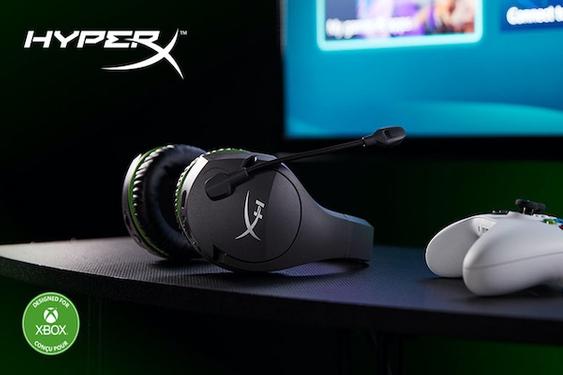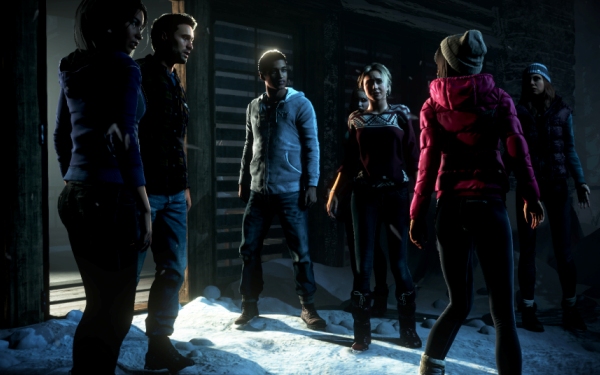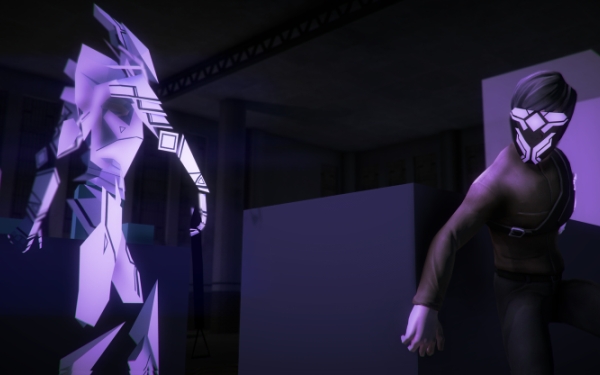Since Scrivener arrived on the word processing scene a few years ago it has steadily built a base of loyal users due to its versatility and wealth of well-thought-out features that cater to a variety of work methods.
At first glance Scrivener’s depth and customizability can be a bit overwhelming, but take the time to learn the program and you will soon be won over. Scrivener isn’t merely a word processor, but a whole new approach to writing software, which focuses on organization and inclusiveness, the two driving ideas behind the program.
Scrivener allows you to break large projects down into smaller chunks, making it easier to focus on the task at hand, isolate specific aspects of a project (such as a character’s arc) and visually explore editing of these parts.
The second advantage of Scrivener is that it allows you to incorporate all of the various materials a large project requires, such as research, outlines, etc., into one file. The binder keeps all of these elements, which would normally crowd your desktop, in one easily accessible and organized location. You can even include pictures, videos and saved web pages.
Scrivener is also incredibly versatile, with customizable templates for writing comic books, screenplays, novels, dissertations and more. Unlike other word processing programs offering afterthought templates that are pretty much useless, Scrivener can actually be used for any of these types of projects.
The new version of Scrivener improves on an already great program with some useful new features and a more visual layout. You now have the ability to add comments and footnotes and view them in the inspector alongside your document. You can enter revision mode, in which revised text appears in a different color. Using the snapshot feature, you can also compare different drafts of a document, easily seeing the differences between the two.
Quick reference panels can augment the number of documents you have open at one time by bringing up a small window that stays on top of other windows for quick, easy reference. This is particularly useful in full-screen mode, in which you can black out everything on your screen other than the document you are working on. You can bring up photos, PDFs or pretty much anything else you need to reference, without having to leave the page.
The new version also greatly improves Scrivener’s visual layout with easier navigability between how you view a given document, with outliner, corkboard and group modes. Scrivener remembers the way you last viewed a document and will return to that mode when you open it again. You can now also assign icons to folders in the binder for easier reference. Color-coded labels can further offset and group documents within the binder.
One other big addition to version 2.0 is the collections feature. Collections are tabs that can be called up to look at specific areas of your project. You can use a collection to automatically perform a given search that you find yourself repeating, to track a specific character or location, to experiment with the order of your documents without affecting their actual order in the project and more. Like many of Scrivener’s features, the applications are endless and can be used to suit your work methods.
It is precisely this freedom that can seem a bit daunting at first. Scrivener’s abundance of features provides a framework on which you can build in whatever way you see fit. Of course, Scrivener can be used in its most basic form as a great way to keep long projects organized. But it’s when you start to learn the program and mold it to your own work methods that its real strengths become apparent.
It’s evident that Scrivener was designed by writers and with writers in mind. Unlike a lot of writing programs out there with exorbitant price tags, Scrivener is very reasonable in this regard, even offering a further student discount.
Online videos walk you through Scrivener’s main features, while a tutorial within the program takes you in depth. The Web site forums have a terrific support staff and are a great resource for any further help you may need.
A Windows version is currently in beta testing.
For more information, visit literatureandlatte.com.
Gaming: Games & Gadgets
Scrivener 2.0 (Mac OS X)
By Mike Sebastian

Article posted on 1/19/2011
This article has been viewed 4726 times.











